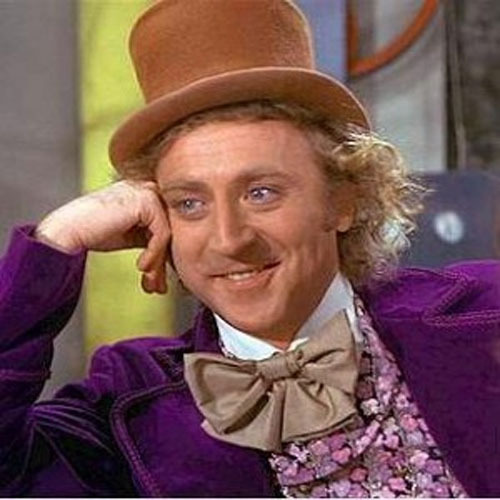In the late 1800s, the American candy maker Milton S. Hershey had a dream to make chocolate both available and affordable to the general public. Despite two failed business ventures, Hershey persevered and, in 1900, he introduced the first Hersey Milk Chocolate Bar. (See our previous post.) But the candy man’s dreams and creations went further. Seven years later, he developed and treated Americans to Hershey’s Kisses! The following year he gave us the Hershey Bar with Almonds!
But Hershey’s innovations and contributions went far beyond chocolate. In his future were further creations, as well as numerous acts of philanthropy. Hershey truly wanted to help people in any way he could. Fortunately for all of us, he got his chance. But things might have turned out differently were it not for a sudden business matter Hershey needed to address on April 10, 1912. Before we explain further, we’ll continue with Milton Hershey’s accomplishments and acts of kindness.
In 1905, he completed construction on the world’s largest chocolate manufacturing company — eat your heart out, Willy Wonka! — in the center of a dairy farming district in Pennsylvania. Soon after, his delicious milk chocolate became the first nationally-marketed brand of candy.

But Hershey didn’t stop there: with his support, homes, shops, churches, and a transportation system sprang up around his chocolate factory. In 1909, he established the Hershey Industrial School to help disadvantaged kids. He also founded a teaching hospital with an initial endowment of $50 million. Hershey once stated, “One is only happy in proportion as he makes others feel happy and only useful as he contributes his influences for the finer callings in life.”
Hershey’s company continued to spread happiness. During WWII his chocolate factory supplied the U.S. armed forces with specially-made chocolate bars. No small feat: The bars, two types called Ration D Bars and Tropical Chocolate Bars had to meet stringent military requirements. They had to weigh one or two ounces each, and resist melting at temperatures higher than 90 degrees. No problem!
Between 1940 and 1945, the Hershey plant produced and distributed over 3 billion chocolate bars to soldiers throughout the world. At the height of production the company was making 24 million chocolate ration bars a week, and it ultimately received five Army-Navy ‘E’ Production Awards for exceeding expectations for quality and quantity. (Sorry, Charley!) And, of course, the famous Hersheypark and Hershey Museum were yet to come. Milton Hershey’s many contributions are remembered there, and kids young and old delight to tour the chocolate factory.

Thank God this great man, who gave us so much, needed to attend to some last minute business affairs on the morning of April 10, 1912. You see, Hershey and his wife had booked passage from Southampton, England to New York on the maiden voyage of the ill-fated British luxury liner RMS Titanic. But something concerning the chocolate company suddenly came up, forcing the couple to cancel their reservations at the last minute! Whew!!
Hershey lived happily to the ripe old age of 88, blessing millions of people with his kindness and candy.
